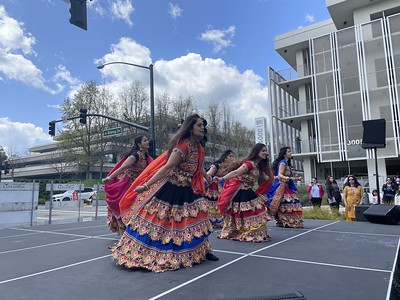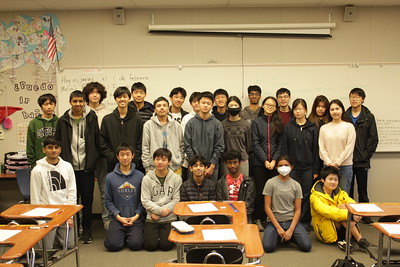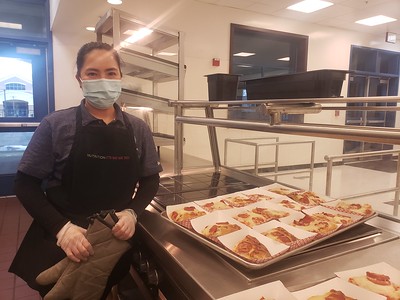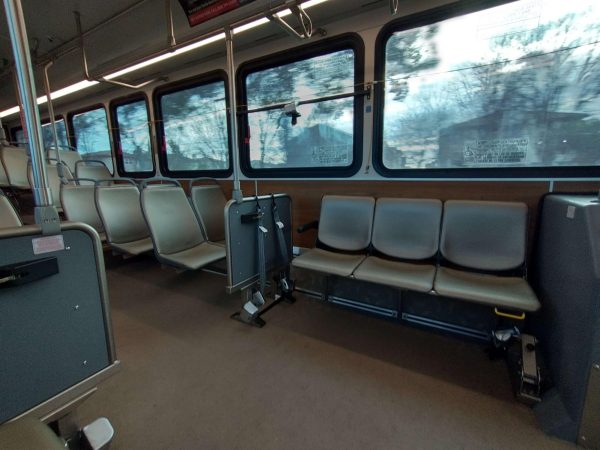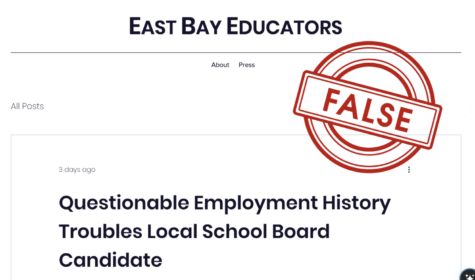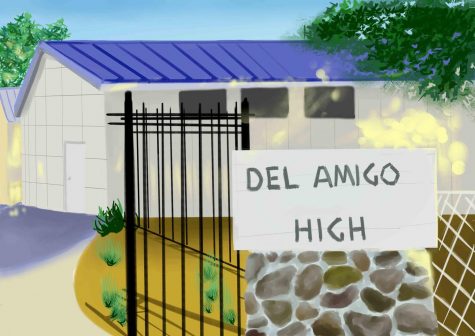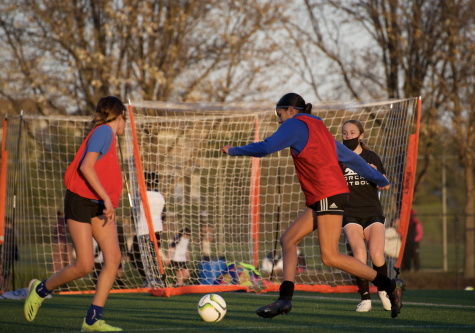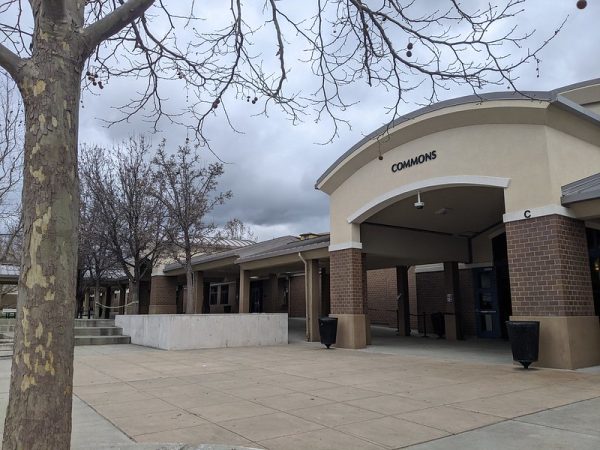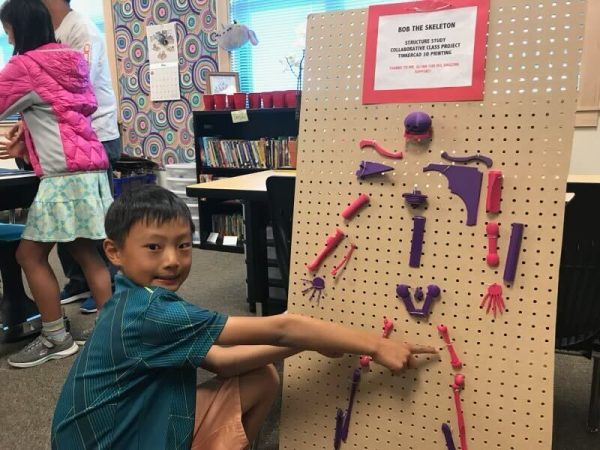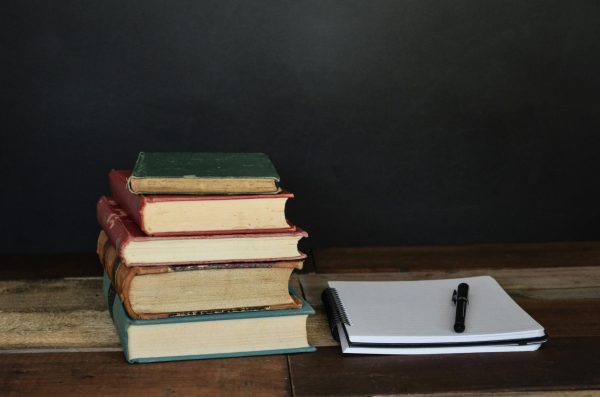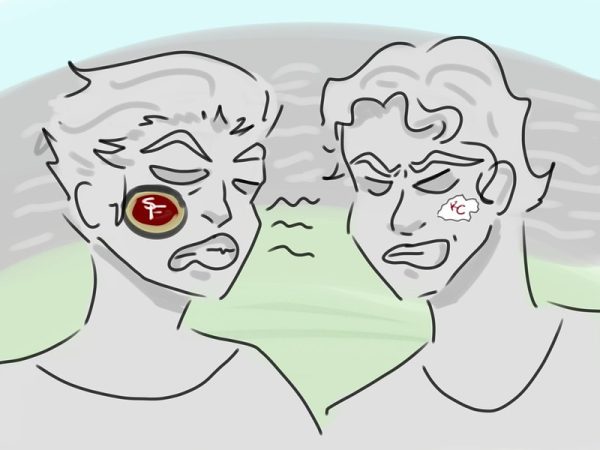Students lack awareness of AP test financial aid
Stress and workload are naturally associated with AP courses and tests, but a concern that isn’t discussed enough is the price of an AP test.
Dougherty Valley took in approximately $300,000 from its 2,400 AP exams administered last year, assuming that each test costs the standard $125. Students pay $125 for each AP test, yet College Board only charges $92 per test. Dougherty’s pricing is higher than that of any other school in the district.
The extra costs, Assistant Principal Kim Vaiana explains, are used to rent test-taking rooms, chairs, and tables; pay proctors and train teachers for new AP curriculum.
Also, because Dougherty administers more exams than California High, Monte Vista and San Ramon Valley High, Dougherty’s prices are $10 more than other schools to account for the larger student population, Vaiana adds.
Nevertheless, 94 percent of 88 AP students surveyed think prices are too high. Taking three or four AP tests, which is not uncommon at Dougherty, can easily rack up to $600, an amount that may seem hefty to some and impossible to pay for others, such as low-income students.
In fact, DVHS financial analyst Peggy Thomas confirms that approximately seven percent of Dougherty students eat free-and-reduced lunch and live in government-subsidized Section 8 housing, and of the seven percent, students can apply for financial aid to pay for AP testing.
According to College Board policies, those with significant financial need are eligible for a $30 reduction. Students who require financial aid would then pay $62 per test, rather than the original $125, explains Thomas.
Financial assistance is offered on a needs basis but is not just limited to low-income students. Vaiana adds that requests for aid are reviewed on a “case-by-case basis.”
“I never had a student not take a test because they could not financially pay for it,” Vaiana adds.
Survey results show a little differently for some: over two percent of 88 AP students surveyed admit that the price of an AP test has prevented them from wanting to take the test.
Moreover, while Dougherty does offer financial aid for paying AP test prices, only a minority is aware they can apply for aid. In fact, nearly 74 percent of 88 students claim they had no idea financial aid was even an option.
The lack of awareness explains why a little less than 10 percent of AP test takers pay reduced fees. Last school year, approximately 100 students, out of the total 1,000 test-takers, received reduced fees, says Vaiana.
While students can have fee reductions, no test can or should be taken free of charge, according to Vaiana and Thomas. Both administrative staff members agree that students would have to pay higher costs to earn the same credits when they are in college. AP tests are much cheaper in comparison to college courses.
“The course in college could cost $1,000 or $500 and textbook costs could start at $200,” Vaiana says. “A lot of students have been able to knock off one year or a semester of college because of AP testing college credits.”
While taking AP tests do help students earn college credits early on, whether AP tests should even have a price remains less clear.
“Financial aid for AP tests should go up to free-ride,” senior Robin Fu says. “There shouldn’t be economic barriers in preventing people from getting an equal level of higher education.”
Although free of charge AP tests are not offered at DVHS, Vaiana agrees, “The school’s goal is to have curriculum exposure for everyone,” she said.
Better communication between the administration the student body about financial aid can ensure this goal is reached.
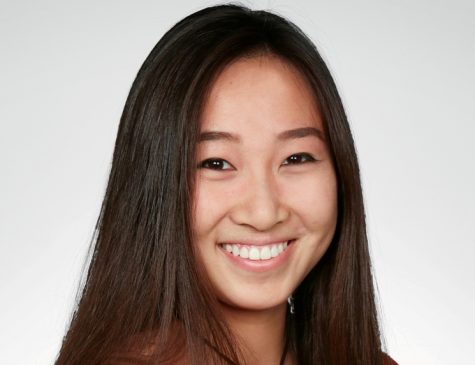
Isabel was a staff writer for the Tribune in 2015. She further developed her interest in journalism by attending the prestigious Medill-Northwestern Journalism Institute for five weeks in Evanston, Illinois....

